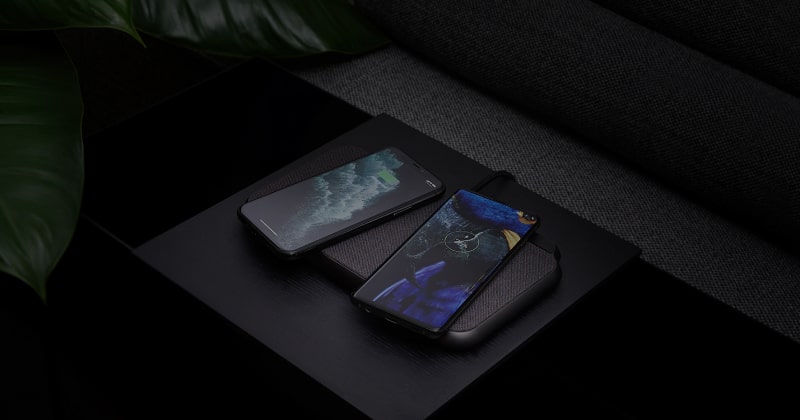In recent years, the mobile phone industry has witnessed a significant shift in design innovation with the emergence of foldable phones. These groundbreaking devices represent a departure from the traditional form factors of smartphones, offering users the versatility of a compact handset that can unfold into a larger screen for enhanced productivity and immersive multimedia experiences. In this article, we’ll explore the rise of foldable phones and how they are redefining the landscape of mobile device design.
- The Concept of Foldable Technology:
- Foldable phones, also known as foldables or foldable smartphones, feature flexible displays that can bend or fold without compromising screen quality or durability. The concept of foldable technology has been years in the making, with early prototypes and concepts dating back to the early 2000s.
- The breakthrough in foldable display technology came with advancements in materials such as flexible OLED panels and durable hinge mechanisms, which enabled manufacturers to create devices that could bend and fold repeatedly without damage.
- Samsung’s Pioneering Role:
- Samsung Electronics played a pioneering role in popularizing foldable phones with the launch of the Samsung Galaxy Fold in 2019. The Galaxy Fold featured a foldable 7.3-inch Infinity Flex Display that could be folded into a compact smartphone form factor when not in use.
- Despite initial setbacks and concerns over durability, the Galaxy Fold showcased the potential of foldable technology and paved the way for subsequent iterations and competitors to enter the market.
- The Evolution of Foldable Designs:
- Since the introduction of the Galaxy Fold, several manufacturers have followed suit with their own foldable offerings, each with its unique design approach and features. Companies such as Huawei, Motorola, and Xiaomi have introduced foldable devices with varying form factors, including book-like, clamshell, and hybrid designs.
- Foldable phones offer users the flexibility to switch between smartphone and tablet modes seamlessly, allowing for enhanced multitasking, productivity, and entertainment. Whether it’s watching videos, browsing the web, or gaming, foldable devices provide a more immersive and immersive experience.
- Challenges and Considerations:
- While foldable phones represent a leap forward in mobile device design, they also pose unique challenges and considerations for manufacturers and consumers alike. One of the primary concerns is durability, as foldable displays are more prone to damage from dust, debris, and repeated folding.
- Manufacturers have addressed these concerns by implementing innovative hinge mechanisms, protective layers, and enhanced durability testing to ensure their devices can withstand daily use. Additionally, advancements in display materials and manufacturing processes continue to improve the reliability and longevity of foldable displays.
- The Future of Foldable Technology:
- As foldable technology matures and becomes more mainstream, we can expect to see further advancements and innovations in mobile device design. Manufacturers are already exploring new form factors, functionalities, and use cases for foldable phones, including rollable displays, transparent screens, and enhanced productivity features.
- Foldable phones have the potential to reshape the way we interact with and use mobile devices, blurring the lines between smartphones, tablets, and even laptops. As consumer demand for larger screens and versatile form factors continues to grow, foldable technology is poised to play a central role in shaping the future of mobile device design and innovation.
Conclusion: Foldable phones represent a bold new frontier in mobile device design, offering users the flexibility and versatility of a smartphone and tablet in a single device. While challenges remain in terms of durability and cost, the rapid evolution of foldable technology holds promise for the future of mobile computing. As manufacturers continue to push the boundaries of innovation, foldable phones are poised to redefine the way we think about and interact with mobile devices, ushering in a new era of possibilities and experiences.

